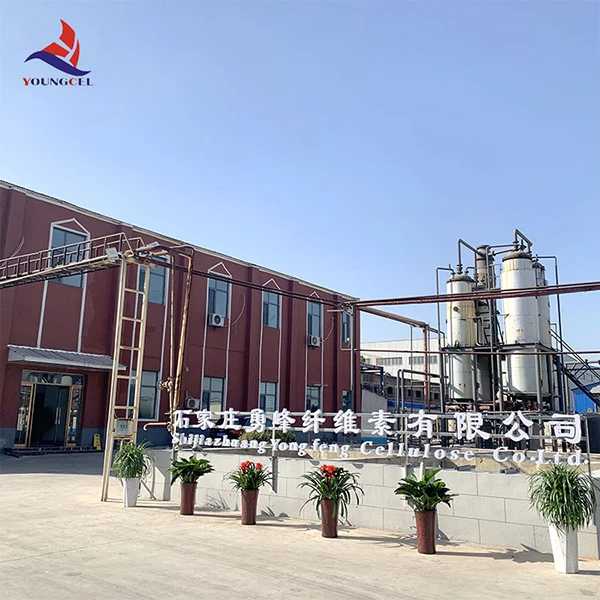The Current Trends and Insights on Cellulose Ether Prices
Cellulose ethers are a significant class of compounds widely utilized in various industries, including pharmaceuticals, construction, food, and personal care products. With the increasing demand for cellulose ethers, understanding their pricing dynamics has become essential for manufacturers, suppliers, and consumers alike. This article explores the factors influencing cellulose ether prices, current market trends, and predictions for the near future.
Understanding Cellulose Ethers
Cellulose ethers are derived from natural cellulose, which is obtained from plant materials such as wood and cotton. Through a chemical process known as etherification, cellulose is transformed into a water-soluble derivative, making cellulose ethers useful in a variety of applications. Common types of cellulose ethers include hydroxypropyl methylcellulose (HPMC), methylcellulose (MC), and carboxymethyl cellulose (CMC). Each type has unique properties suited for specific applications—ranging from thickening and binding agents in food production to film-formers in pharmaceuticals and construction materials.
Price Influencing Factors
Several key factors influence the pricing of cellulose ethers
1. Raw Material Costs The primary raw materials used in cellulose ether production are cellulose itself, chemicals for etherification, and water. Fluctuations in the availability and pricing of these raw materials significantly affect the overall cost of cellulose ethers.
2. Production Capacity and Technology The advancements in manufacturing technologies can impact efficiency and production costs. Companies that invest in modern production techniques capable of reducing waste and enhancing yield typically produce cellulose ethers at lower prices.
3. Demand and Supply Dynamics The demand for cellulose ethers continues to grow, particularly with the expansion of the construction and pharmaceutical industries. A balanced demand-supply equation generally stabilizes prices, while shortages or surplus lead to fluctuations.
cellulose ether price

4. Market Competition The cellulose ether market comprises several manufacturers and suppliers. Intense competition can drive prices down, while monopolies or oligopolies in certain regions might lead to price increases.
5. Regulatory Factors Changes in environmental regulations can impose additional costs on cellulose ether manufacturers. Compliance with stricter regulations might require investments in cleaner technologies, thereby affecting the final price.
Current Market Trends
As of the latest reports, cellulose ether prices have shown a mixed trend due to the interplay of demand surge and supply chain disruptions. The COVID-19 pandemic significantly impacted manufacturing processes, leading to temporary shutdowns and slowdowns in production capacities. However, as global economies recover, demand has risen, particularly in the construction sector where HPMC is extensively used in mortars and plastering compounds.
Moreover, the rise in health and hygiene awareness has boosted the use of cellulose ethers in personal care products, thus contributing to price stability or increases in certain regions. For instance, the demand for CMC in food and pharmaceutical applications continues to be robust, supporting higher price points.
Future Predictions
Looking forward, the cellulose ether market is expected to experience steady growth, with a forecast indicating an upward trend in prices. Innovations in product formulations and applications could influence prices positively. Furthermore, the continuous demand from emerging economies, where infrastructure development is a priority, will likely sustain price levels.
In conclusion, while cellulose ether prices have been influenced by various dynamic factors, including raw material costs, market demand, and technological advancements, stakeholders must stay informed to navigate the evolving landscape effectively. Understanding these elements will not only help manufacturers strategize pricing but also allow consumers to make informed purchasing decisions within this essential market sector. As trends continue to develop, all players in the cellulose ether market should be prepared for both opportunities and challenges that lie ahead.
-
The Application and Significance of Construction RdpNewsMay.19,2025
-
Industrial Grade HpmcNewsMay.19,2025
-
Building Coating Adhesive Building Coating Adhesive HpmcNewsMay.19,2025
-
Application Of Hpmc For Detergent For Detergent In DetergentsNewsMay.19,2025
-
Application Of Hpmc Cellulose In Cement-Based MaterialsNewsMay.19,2025
-
Application Of High Quality Hpmc For Construction In The Field Of ConstructionNewsMay.19,2025




